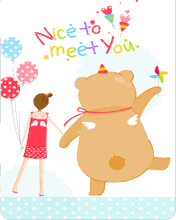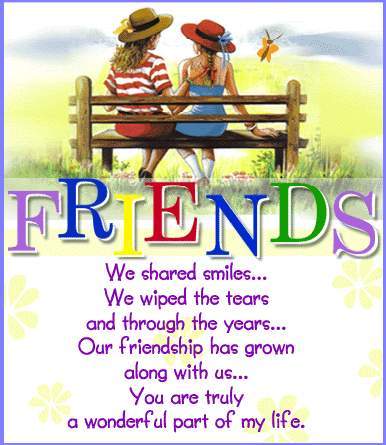* What is IT? ☆Information technology (IT) comprises the knowledge, skills and understanding needed to employ information and communications technologies appropriately, securely and fruitfully in learning, employment and everyday life. IT is to ICT as literacy is to books, journals or screen displays. The difference between ICT and IT? Such ICT-related activities include:
♥ broadcast material or CD-ROM as sources of information in history;
♥ micro-computers with appropriate keyboards and other devices to teach literacy and writing; ♥ keyboards, effects and sequencers in music teaching;
♥ devices to facilitate communication for pupils with special needs;
♥ electronic toys to develop spatial awareness and psycho-motor control;
♥ email to support collaborative writing and sharing of resources;
♥ video-conferencing to support the teaching of modern foreign languages;
♥ internet-based research to support geographical enquiry;
♥ integrated learning systems (ILS) to teach basic numeracy;
♥ ommunications technology to exchange administrative and assessment data. IT capability at school age include:
♥ understanding of how information is structured in a database;
♥ skills in carrying out a search on the World Wide Web with sensitivity to meaning, accuracy of data and reliability of sources;
♥ understanding of how computers can simulate real processes e.g. predator-prey relationships; ♥ skills in using software e.g. word processing or e-mail to communicate effectively;
♥ understanding that ICT can be used to control things;
♥ knowledge of how to use ICT securely, with consideration of the feelings of other people, their rights to privacy and ownership of material. ☠ Not all IT learning will involve the use of computer.For example, teachers might ask pupils to:
♥ sort real objects into different categories as an introduction to databases;
♥ read a piece of printed text in order to identify the key words that might characterise it and help to retrieve it electronically if necessary;
♥ develop paper-based models and simulations of situations;
♥ consider the use of font sizes and print effects in newspapers and magazines as part of their work with word processors;
♥ give each other instructions as a way of teaching about precision and control;
♥ compare the use of IT tools and software with other ways of undertaking a design, composition or analysis task."
Saturday, October 11, 2008
Subscribe to:
Post Comments (Atom)











No comments:
Post a Comment